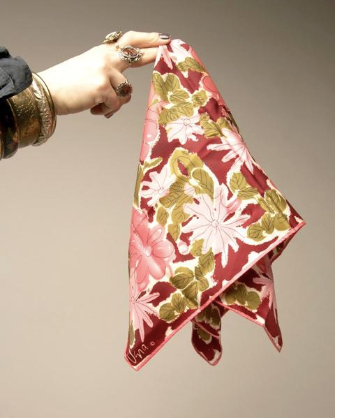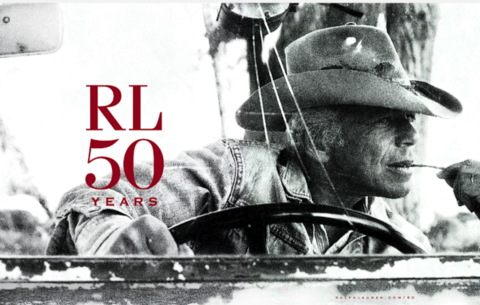talkingfashion
New York Fashion Week F/W19 Accessory Trend Spo...
New York Fashion Week FW19 Accessory Trend Spotlight By Paige McKirahan Though it may seem hard to get autumn on the mind when it feels like the season just...
New York Fashion Week F/W19 Accessory Trend Spo...
New York Fashion Week FW19 Accessory Trend Spotlight By Paige McKirahan Though it may seem hard to get autumn on the mind when it feels like the season just...

Pioneering the Scarf Industry
Pioneering the Scarf Industry By Paige McKirahan Seeing as how we have already learned the history behind the magnificent accessory, we begun to wonder about the designers who paved the...
Pioneering the Scarf Industry
Pioneering the Scarf Industry By Paige McKirahan Seeing as how we have already learned the history behind the magnificent accessory, we begun to wonder about the designers who paved the...

The Laurenficiation of America
The Laurenficiation of America By Paige McKirahan To celebrate the revival of Western wear this fall, it is important to recognize one of the fashion world’s most iconic designers that...
The Laurenficiation of America
The Laurenficiation of America By Paige McKirahan To celebrate the revival of Western wear this fall, it is important to recognize one of the fashion world’s most iconic designers that...